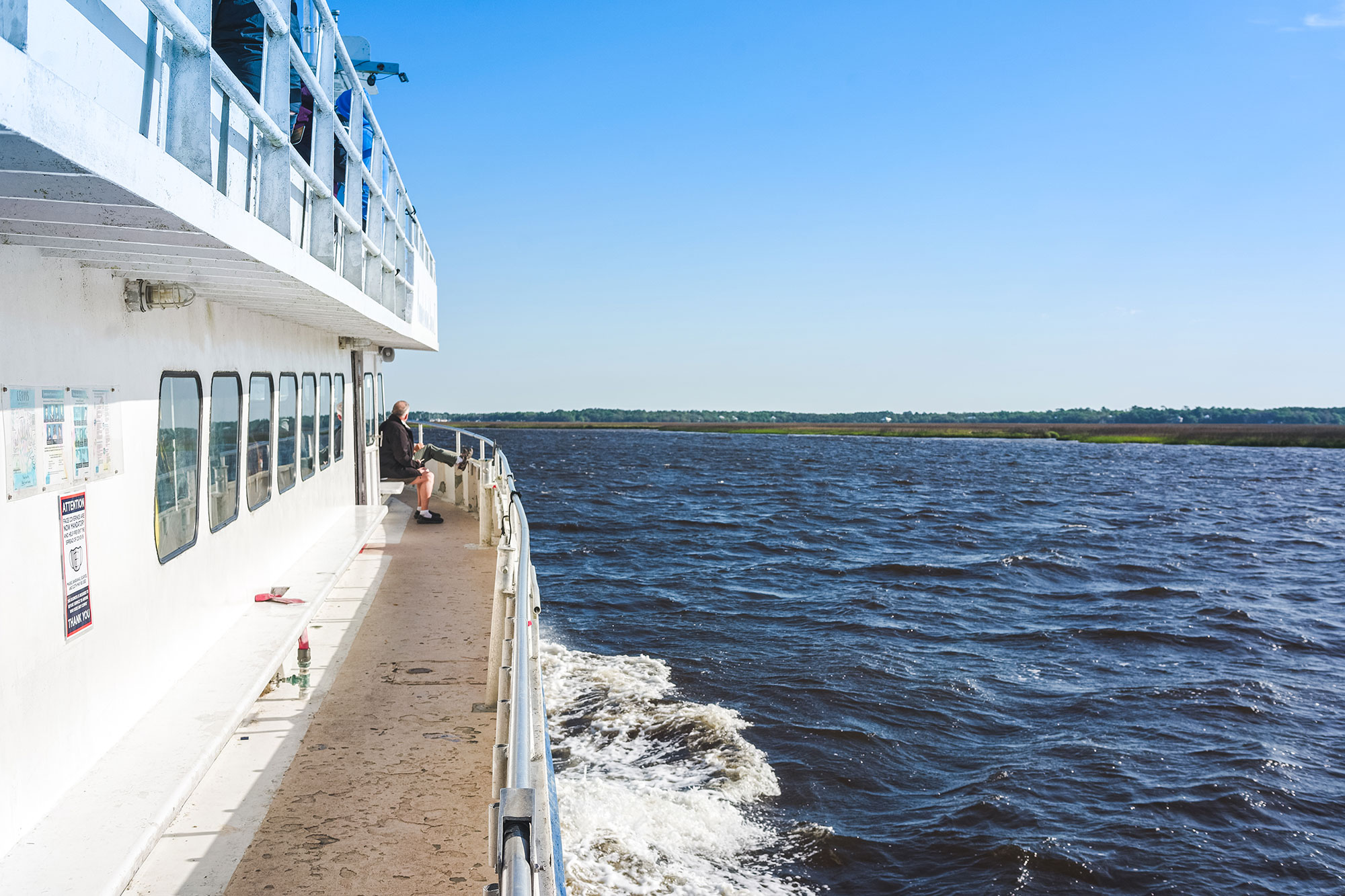Cumberland Island Celebrates 50 Years as a National Seashore
Experience the island's unique history, natural beauty and wildlife during special events throughout the year.
There is only one place on Earth where you can find wild horses, secluded white beaches, live oaks draped in Spanish moss, and the skeletal remains of a once-famous mansion. The Cumberland Island National Seashore, the southernmost and largest barrier island on the Georgia coast, is just that place, and this year marks the 50th anniversary of the congressional move that saved it from commercial development.
In celebration of the anniversary, Cumberland Island will present a series of programs, guest speakers, and festivities throughout the year. While special events such as the Cumberland Island-themed St. Marys Seafood Festival in October are exciting enough to entice a crowd, the island’s history, beauty and wildlife are unmatched experiences no visitor should miss at any time of year.
History
Although inhabitants of Georgia’s coast can be traced back thousands of years, starting with a Timucuan tribe, a more concrete history begins with 16th century Spanish missions and James Oglethorpe’s 17th century British forts. Oglethorpe also named a hunting lodge Dungeness in honor of a beloved landmark in England. The Dungeness name and remnants of the properties associated with the land remain to this day.
After the American Revolution, the island attracted prominent families with famous pedigrees, such as General Nathaniel Greene, George Washington’s most trusted officer. He and his wife borrowed the Dungeness name and began construction on a four-story mansion that would undergo several iterations over the next century. Dungeness lands then fell into the hands of Robert Stafford, who purchased most of Greene’s property at auction. He built his own sprawling mansion and plantation of more than1,300 acres.
The Civil War brought more change to the island as formerly enslaved people, locals, and others trying to navigate Reconstruction all attempted to carve out a living and a life here. Near the turn of the 20th century, members of the renowned Carnegie family made their way to the island, purchased 90 percent of the land, and built a Scottish castle aptly named Dungeness. Though it burned down in 1959, the bones of the behemoth house, as well as many other properties the Carnegie family built, still stand today.
Read more about Cumberland Island's Historic Sites.
Beauty
There simply isn’t one way to describe the scenery on Cumberland Island; it offers a variety of breathtaking landscapes and backdrops. Take a few photographs on the island, and you can easily convince someone that you have visited multiple countries and traveled many miles.
The quiet beaches bring peace and splendor together, particularly in the evening when the soft lull of the waves blends into the pastel-colored sky. Walk in any other direction and you’ll run into a different kind of majesty, such as salt marshes full of fiddler crabs, shrimp, and alligators.
Rivers and sounds traverse through it all so that every turn is a new adventure. Point a camera anywhere, and capture untouched nature in all its colorful brilliance. If you need shade, spend some time under the live oaks, and let the trees serve as nature’s canopy to protect you from the elements.
Though the grandeur of nature is significant on Cumberland Island, so is the architecture. Of the three dozen homes here, almost all are still owned and cared for by the same families who built them. There is an affection in ensuring the dwellings encapsulate some aspect of the scenery, and many of the homes themselves are works of art.
Wildlife
Imagine a world where a wild horse gallops freely in the distance, and you are so distracted that you almost don’t even notice a turkey scurrying across your path. On the other hand, picture yourself stepping onto a beach just in time to watch brown pelicans diving into the ocean for breakfast.
Maybe you even catch a glimpse of the endangered loggerhead sea turtles struggling to make it to sea, or you tread quietly while you observe deer challenging feral hogs for foliage. Cumberland Island is a playground for all of these animals and countless others who make their home here. Whether it’s woodpeckers, owls, or even armadillos, the importance of preserving all wildlife and their habitat is paramount throughout Cumberland Island.
Read more about Cumberland Island's Wild and Wonderful Ecology.
Plan Your Visit
Enjoy Cumberland Island’s incomparable attractions anytime by taking the passenger ferry from downtown St. Marys, the Gateway to Cumberland Island, for an island adventure. Follow the links for more information on planning your ferry reservations and for your mainland stay and dining.








